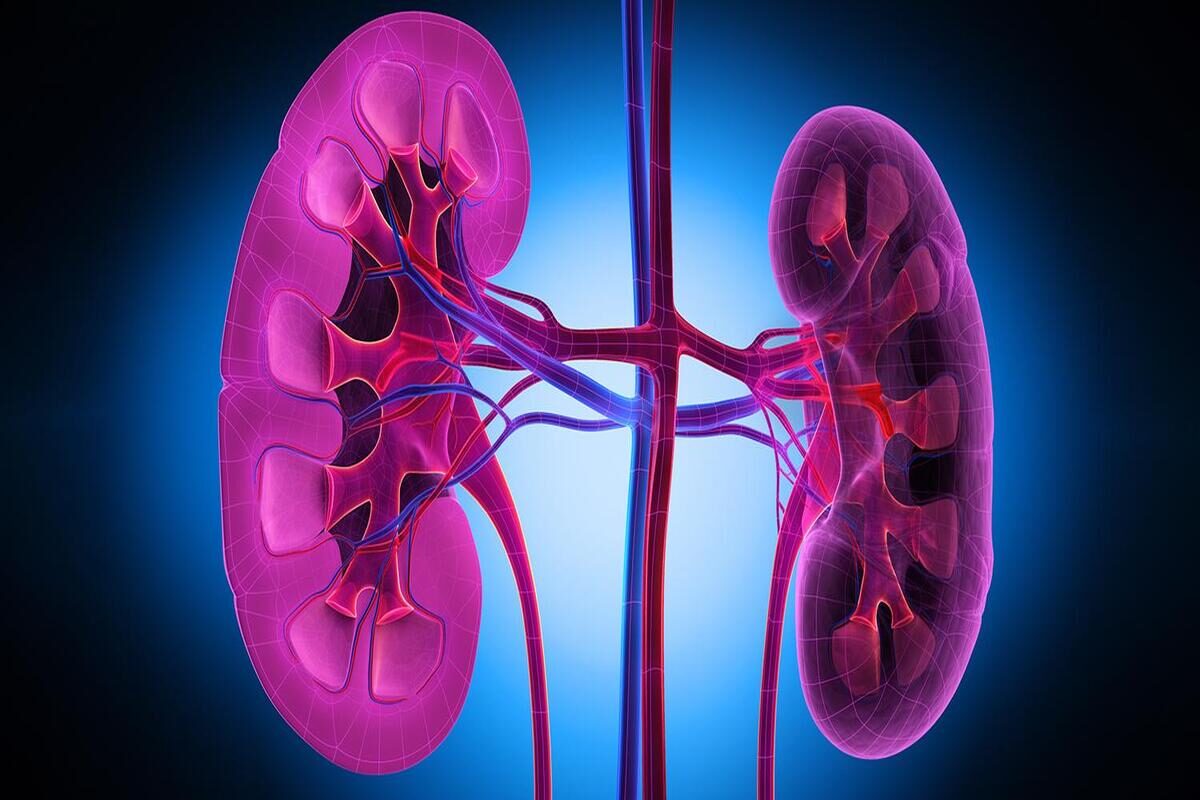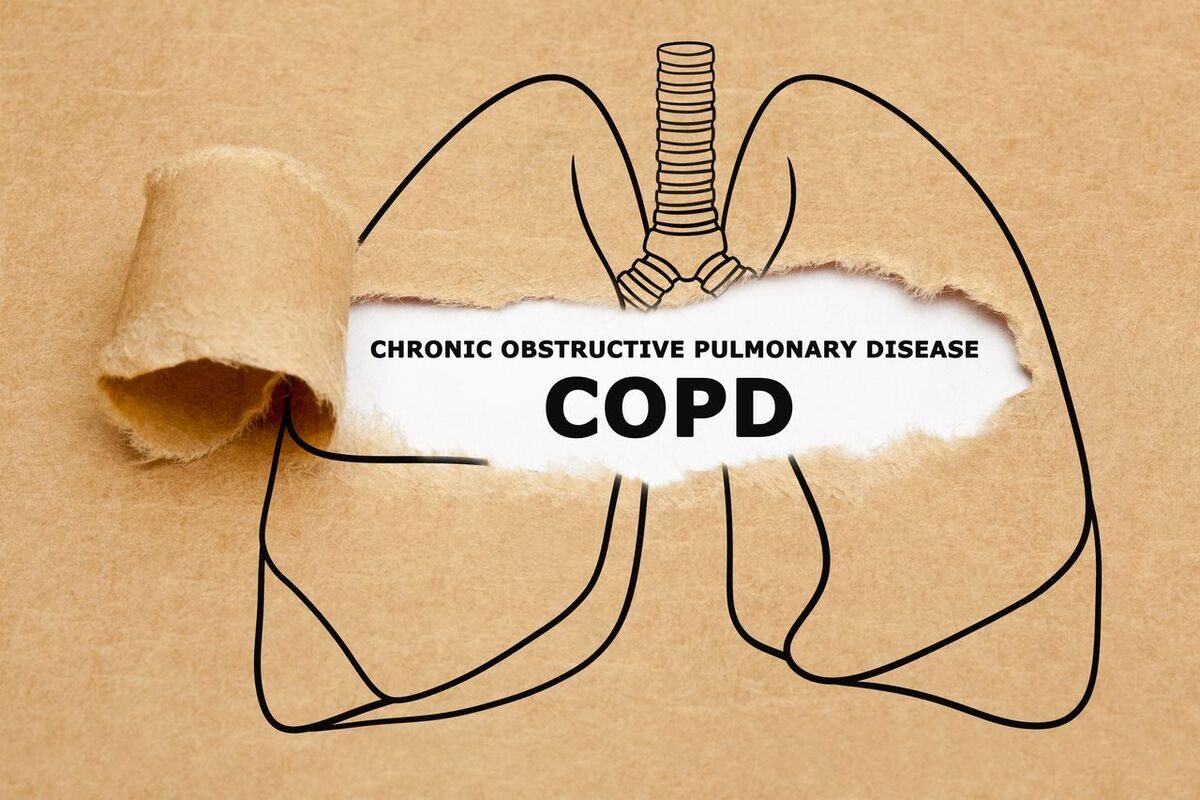An exclusive study from the Intermountain Medical Center Heart Institute in Salt Lake City proposes that curtailed concentrations of vitamin D may anticipate the risk of cardiovascular conflicts such as heart attack, heart failure, stroke or death in people. Headed by author Heidi May, the study assessed 4200 elderly people aged between 52-76 years. Among them, 30% were diabetic while 70% suffered coronary artery disease.
The authors analysed the levels of various vitamin D metabolites in each participant to foresee their link with eventual cardiovascular events and found that total vitamin D and bioavailable vitamin D were the most precise parameters for this task. During metabolism, most of the total vitamin D binds to proteins. However, approximately 10-15% of it becomes bioavailable vitamin D which does not bind to neighbouring proteins but gets absorbed directly into the bloodstream and is available to act on target cells.
The study noticed that depressed total and bioavailable vitamin D levels predicted detrimental cardiovascular effects. Although, the research also details the observations from several other trials, the authors suggest to plan more research on non-Caucasian groups as previous studies portray different results between Caucasian and non-Caucasian populations.





